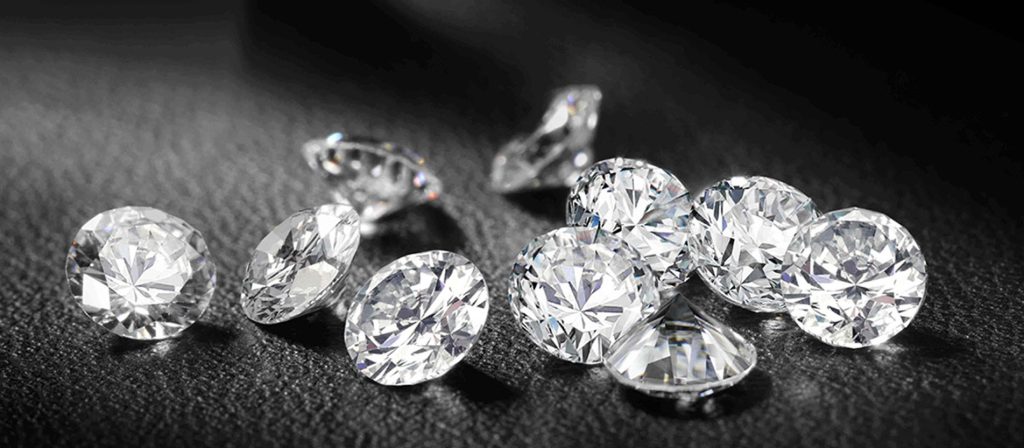- What is a lab-grown diamond?
Lab-made diamonds are man-made or cultured diamonds. They are physically and optically identical to natural real diamonds. They have the same chemical and atomic composition, resulting in the same hardness, spark, and luster. - Are lab-made diamonds real?
A lab-made diamond is as real as a mined diamond. The only difference is that mined diamonds are naturally extracted from the surface of the mantle. In contrast, lab-made diamonds are created and grown in artificially controlled environments or laboratories. They have different forms and origins. - How do lab-made diamonds grow?
There are two ways or methods for making laboratory diamonds: high pressure and high temperature (HPHT) and chemical vapor deposition (DCV).
HPHT plans to mimic the way diamonds are grown naturally. Diamonds are formed when carbon molecules are exposed to extreme heat and pressure. The scientists simulated the same conditions as the HPHT process by exposing carbon molecules to enormous heat and pressure in an artificially controlled environment.
Chemical vapor deposition produces high-standard diamonds. The CVD process involves introducing gases such as methane or hydrogen into a vacuum chamber in which diamond seed crystals have been placed. The containment chamber is then heated to high temperatures to excite the natural gas and form lab-grown diamonds around the diamond seed crystals.

lab grown diamond loose
- What is the price of a diamond made in a laboratory that mines it?
Lab-made diamonds are on average 40 percent better priced than natural diamonds. - What’s the difference between lab-made diamonds and natural diamonds?
The origin of the formation and development of laboratory diamond manufacturing and diamond mining is a strong difference between them. Their creations are different. - Do laboratory diamonds have GIA certification?
Sim, lab-grown diamonds have been certified and graded by Diamond grading laboratories and associations (including GIA). Other grading laboratories grade diamonds for authenticity and optimum quality, such as IGI, ECL, AGS, and GCAL. - Do lab-made diamonds change color over time?
No, that’s not true. Lab-made diamonds do not fade over time due to exposure to light or air. They will always remain naturally shining and shiny, just like naturally mined diamonds. - How long does it take to make a diamond in a lab?
Depending on its size and quality, standard, and color variations, it can take 7-18 days to make a 1-carat laboratory diamond. - Are the test results produced by the laboratory diamond tester positive?
Sim, lab-made diamonds have the same thermal and electrical conductivity as naturally mined diamonds, so they will pass all the tests measured on a diamond tester. - How sustainable are lab-made diamonds?
While some buyers are attracted by the beauty of diamonds and buy them immediately, others are more concerned with environmental friendliness and transparency to nature. Although, lab-made diamonds are not only a sustainable option in terms of environmental impact, as they are grown in artificially controlled laboratories, rather than mined deep beneath the Earth’s surface, causing disturbance to nature.
We hope to answer these common questions about synthetic diamonds. This will help you buy lab-made diamonds for your loved ones!